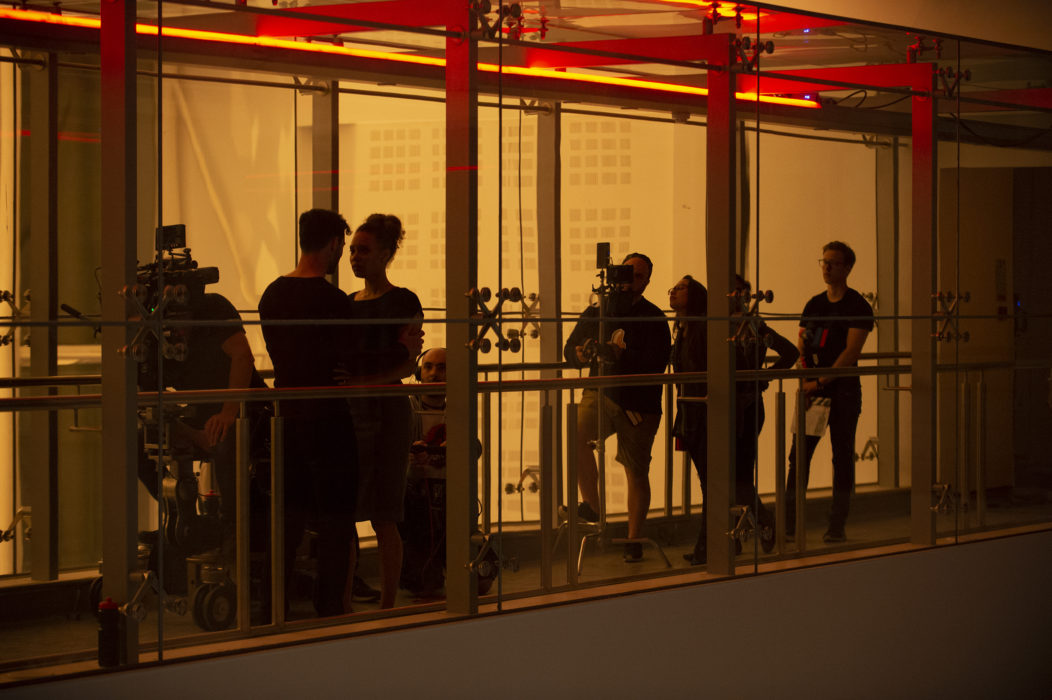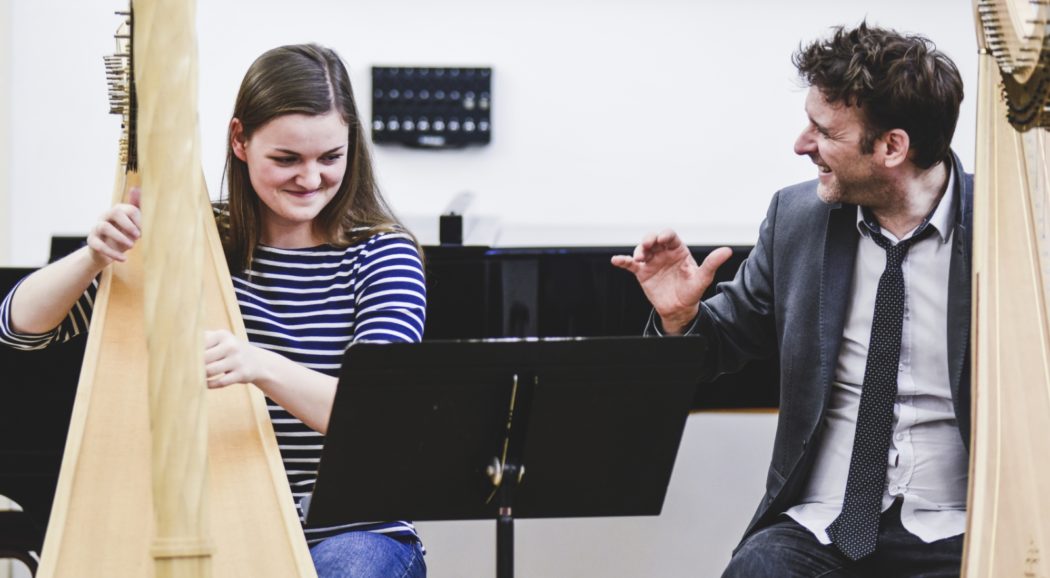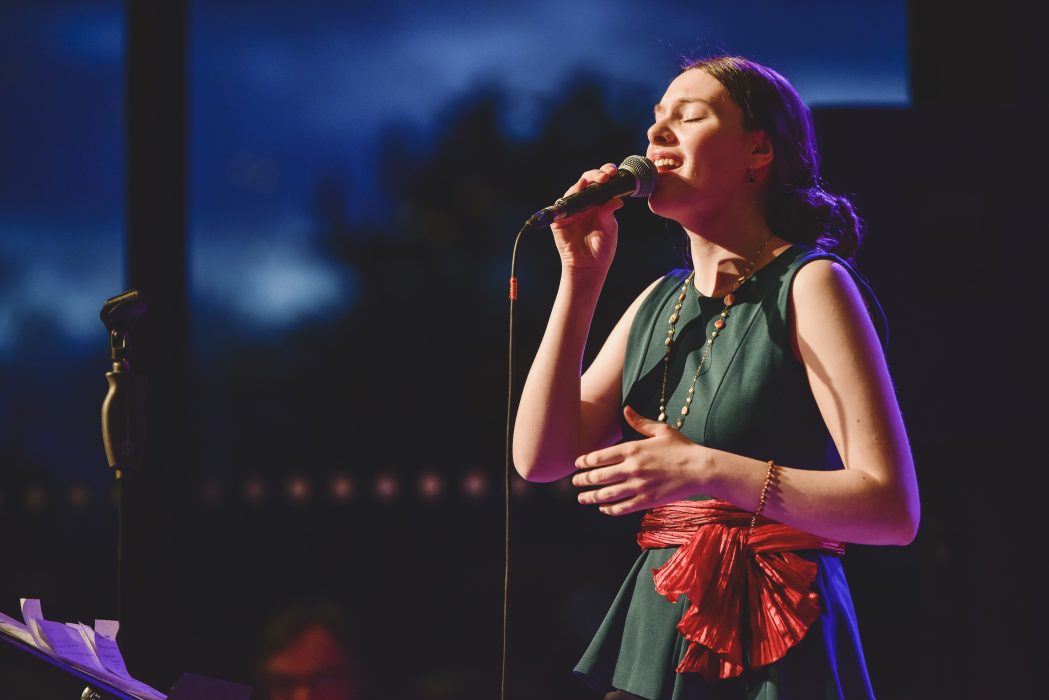Our students
Our students come from all over the world, though the majority come from the UK. Their stories are all different, but typically they enter a conservatoire at the end of their school career aged 18 or 19, though they may enter as young as 16 or as mature students.
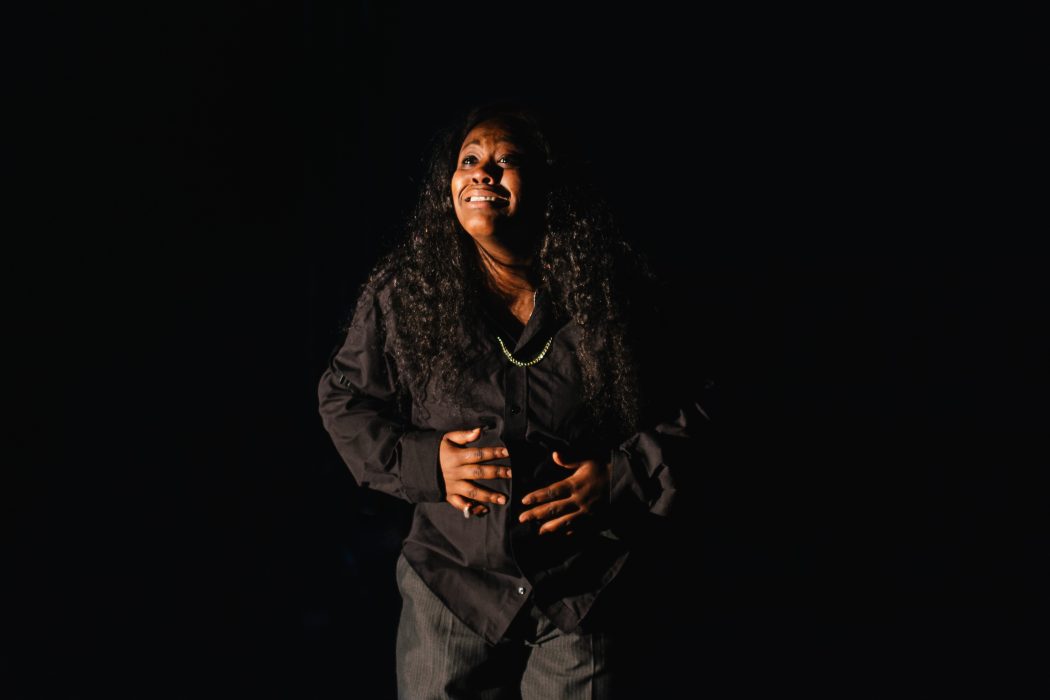
Our staff
Our academic staff are chosen from the cream of the performing arts professions. Many of them are eminent performers or practitioners in their own right, and bring a wealth of professional experience to their role.
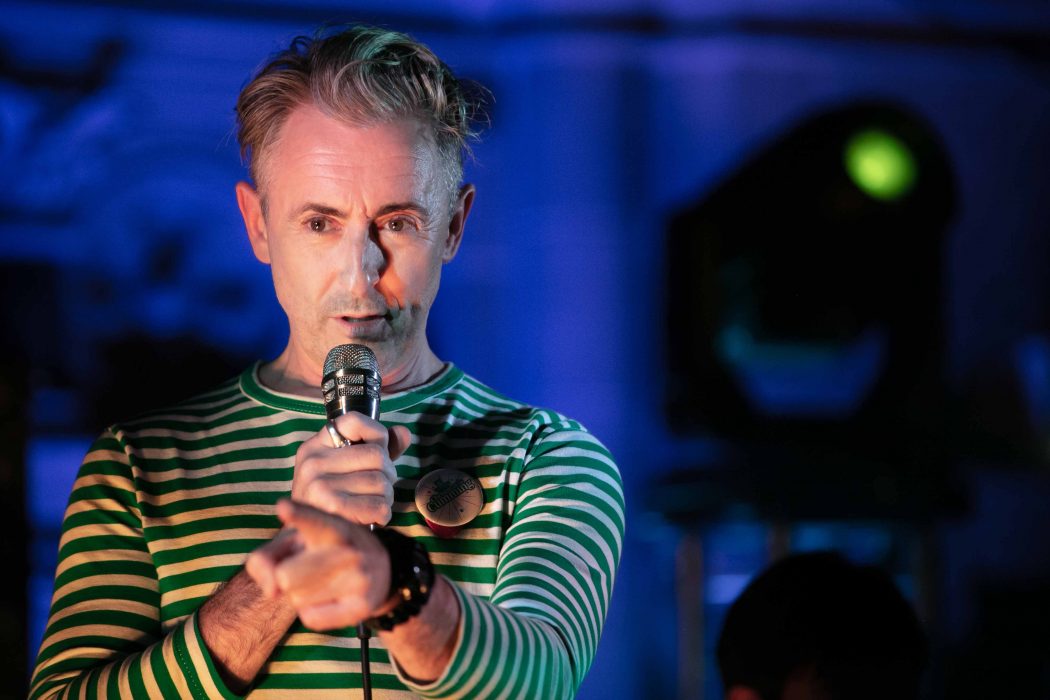
Our facilities
A conservatoire’s first resource is its people, i.e. the students and teachers and technical and administrative staff. But those people need particular spaces to thrive in, and all the members of CUK provide these in abundance.
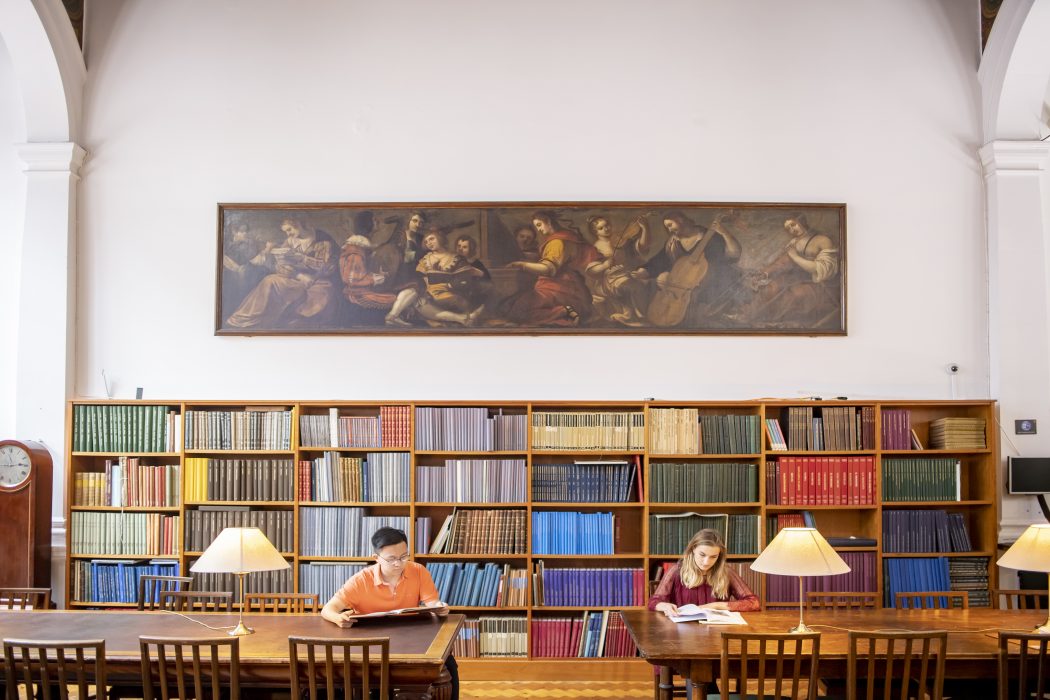
Our communities
We at CUK realise that a conservatoire is not just a collection of individuals, who meet only when working together. It is a community, which needs a proper community spirit to thrive.
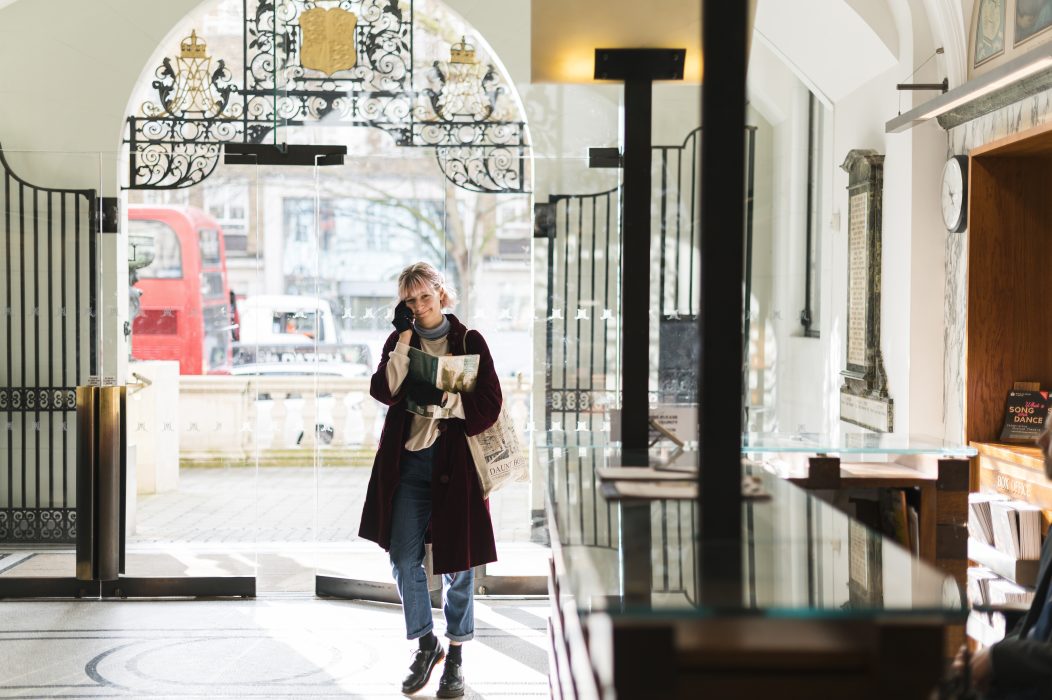
A personal approach
Our aim is to give every student the education and training that is right for their needs.
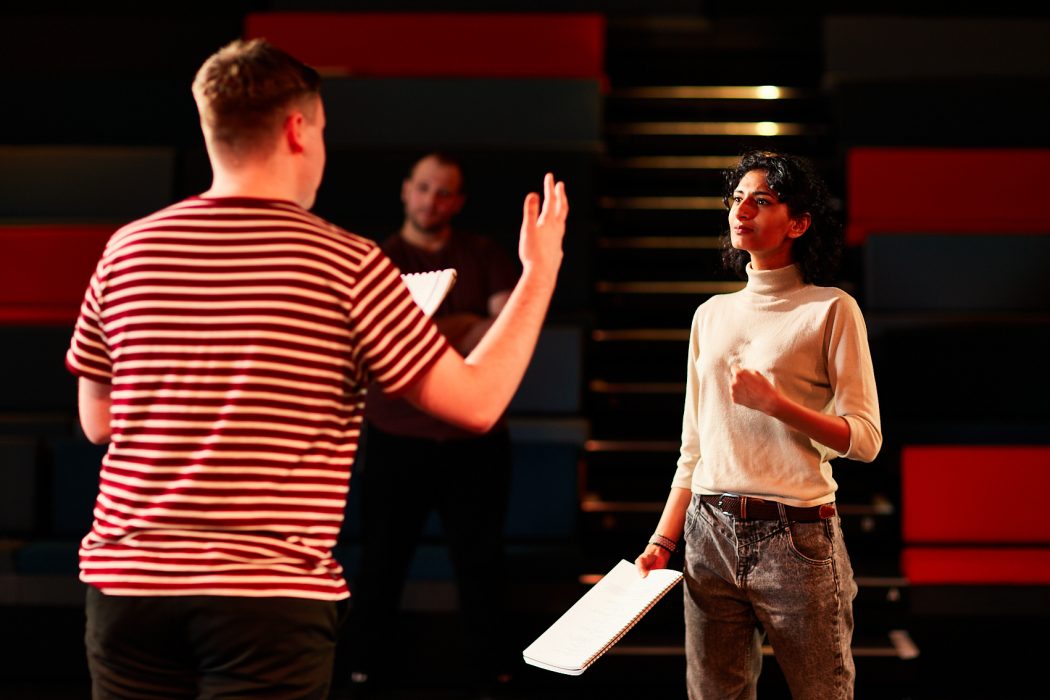
Learning through doing
We aim to provide a complete education for the professional performing artist. So naturally, the education we provide is practice-based.
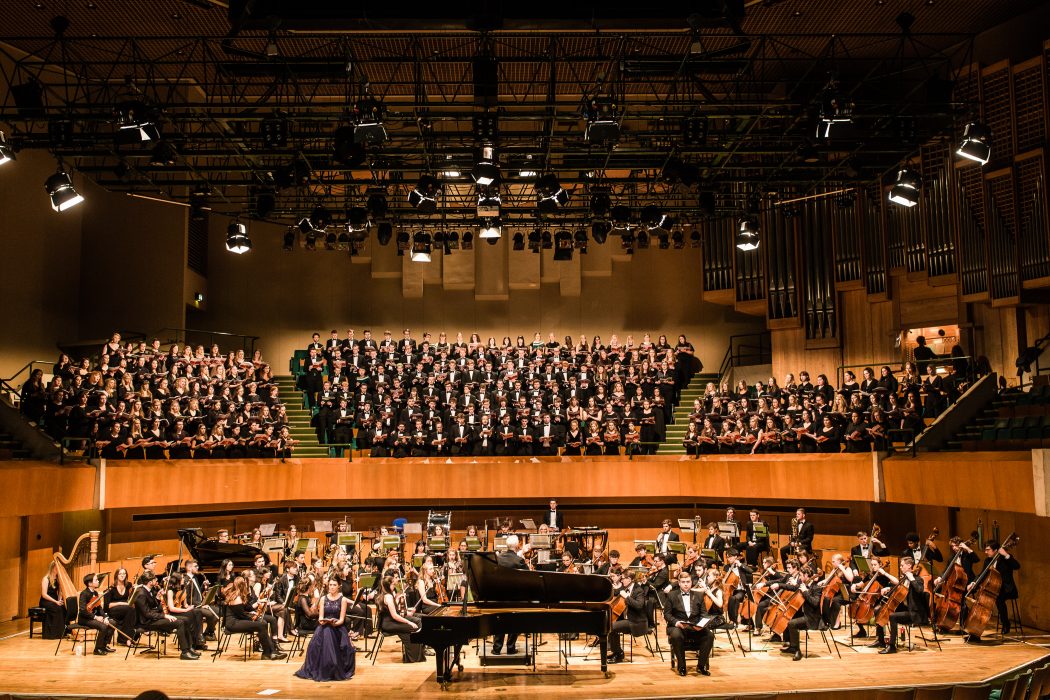
Preparing for the profession
Much of a student’s life at a CUK conservatoire will be spent training and rehearsing, under the encouraging, critical and knowledgeable eye of a tutor.
To get the full value of this process, there has to come a moment when rehearsal leads to performance. That is why public performance is central to every student’s life.

Innovation & research
“Make it new” - Jean Cocteau
